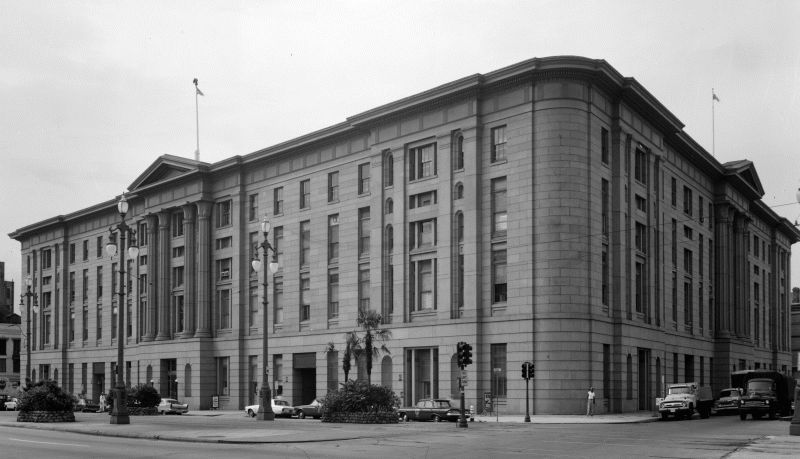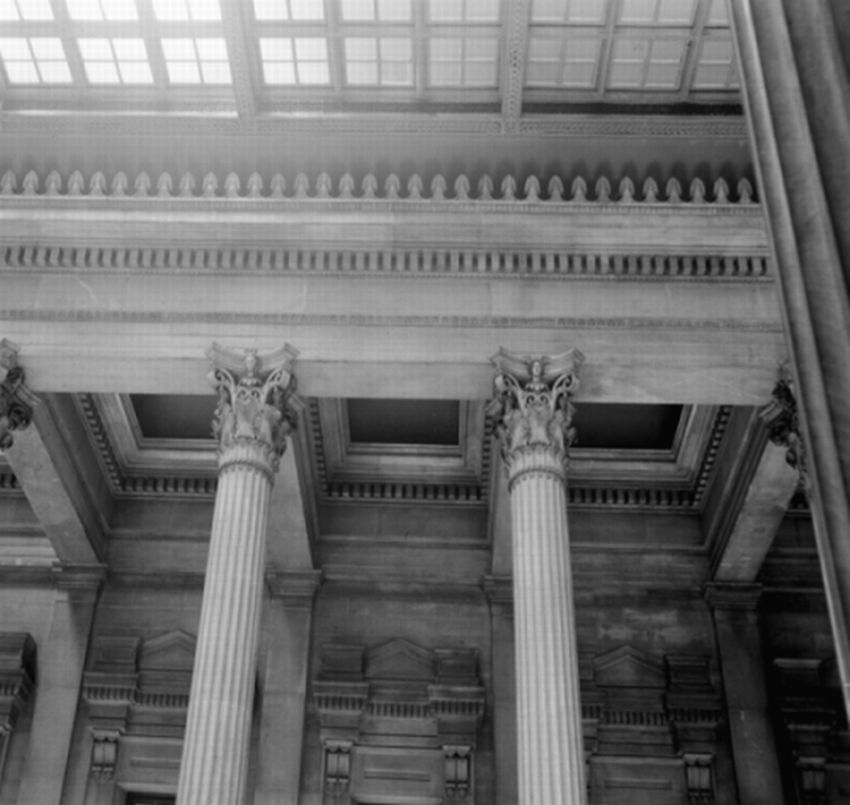New Orleans History -- Lake Pontchartrain
Tuesday, July 01, 2025
The Custom House
Henry Clay was present for the laying of the cornerstone in 1849 while Major P.G.T. Beauregard supervised construction of the United States Custom House which is said to be one of the finest examples of Greek Revival architecture in the United States. Facing Canal Street and filling the block between North Peters, Decatur, and Iberville Street this massive structure sits on a cedar and concrete foundation with three foot thick granite walls which run 81 feet high, 337 wide, 309 feet deep. It is the fourth Custom House to occupy this site which was originally called Custom House Square; the first was Fort St. Louis which was built by the Spanish government in 1794. It was followed by the Spanish Custom House which was demolished in 1807. The first U.S. Custom House, designed by Benjamin H. Latrobe, was demolished in 1819. Throughout that time a Mariner’s Church also occupied the same square. Foundation work for the current Custom House began in 1848. The U. S. Customs Service moved into the first floor when it was completed in 1856. By 1860 when the Post Office first resided there the Custom House was considered to be the largest permanent structure in the U.S. Work was discontinued during the Civil War and until 1871. The second story was completed eight years later, the third in 1881, and the fourth floor interior remained unfinished. The building served as New Orleans main post office until 1906. It was designated a National Historic Landmark in 1974. (Courtesy Library of Congress.)
 The fifty-four foot tall three-story Marble Hall of the Custom House is topped with a glass skylight which can be seen along the top of this photograph. The capitals of the four-foot diameter Corinthian columns include the alternating heads of Mercury and Luna; Luna’s head is crowned with a crescent, a symbol of New Orleans. In 1862 General Benjamin (Spoons) Butler established Union headquarters in the Custom House and used the unfinished fourth floor as a prison for captured Confederate soldiers. During World War II New Orleanians registered for the draft at the Custom House. (Courtesy Library of Congress.)French Quarter People and Places
Bourbon Street 229 Bourbon Street --Louis and Leon Prima 238 Bourbon Street -- Absinthe House 619 Bourbon Street -- Fouche House Canal Street The Custom House Esplanade Avenue 400 Esplanade -- U.S. Mint Governor Nicholls Street 1210 Governor Nicholls St -- St. Augustine's Church Olreans Street 717 Orleans Avenue -- Bourbon Orleans Hotel Royal Street 132 Royal -- Reliable Shoe Repair The French Market Nuns at the French Market 1936 Toulouse Street 720 Toulous Street 732 Toulouse Street |
|
